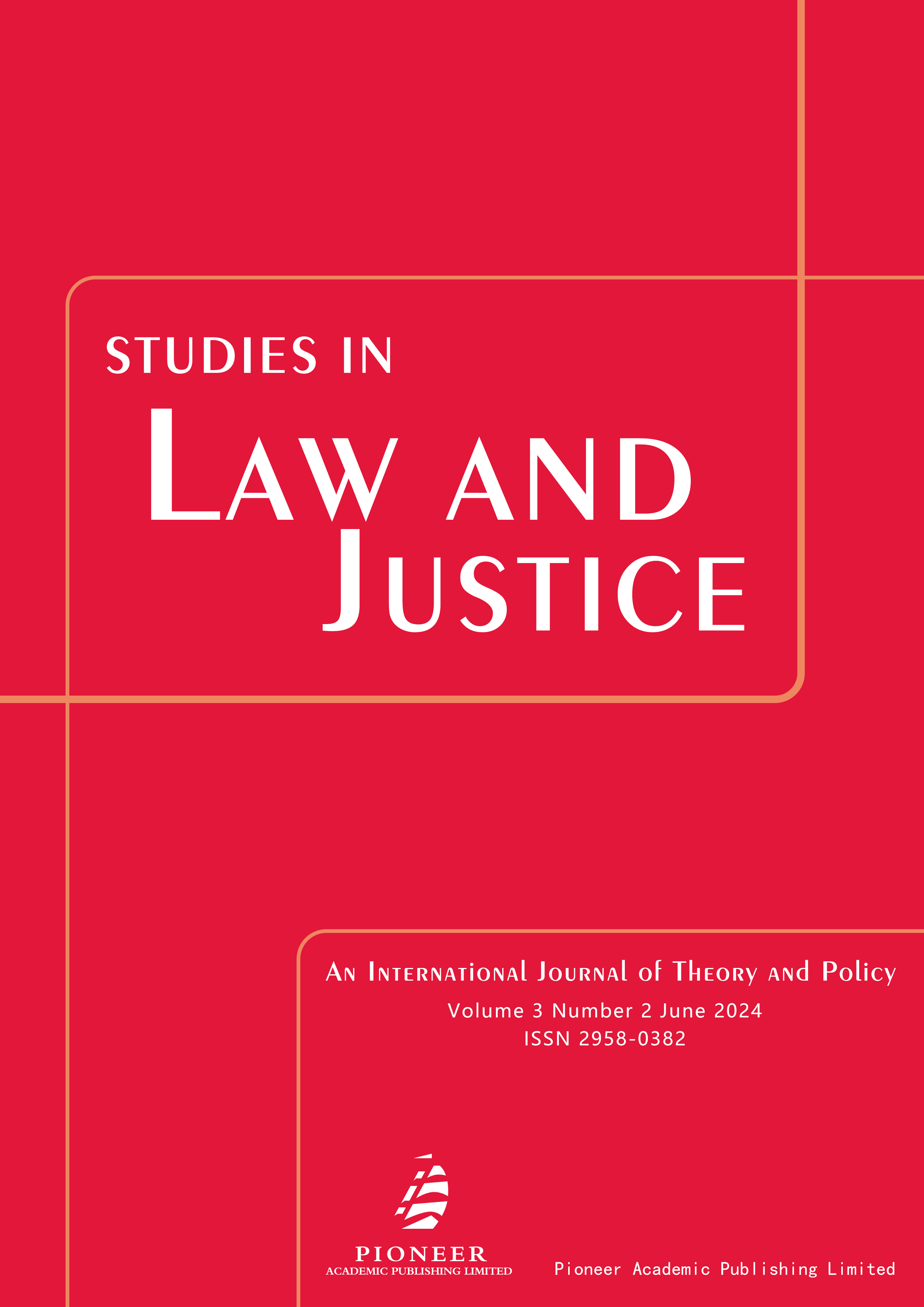Food Security Right and Food Policy in India
Keywords:
food grains, procurement, right, security, production and supplyAbstract
India’s food policy evolved in the wake of the Bengal Famine of 1943, which caused deaths of more than one million people. This famine was attributed partly to lack of adequate supplies of food grains and partly to lack of purchasing power of the victims. A Food grains Policy Committee was appointed in 1943 under the chairmanship Sir George Theodore. The Committee recommended rationing of food grains to overcome similar grave situations in future. Since then, successive governments have been trying to (i) increase the level of food grains production in the country through offering minimum support price (MSP) to the farmers and (ii) to create mechanism for supply of grains to consumers. Public Distribution System (PDS) has been evolved to safeguard the interests of the consumers, particularly the weaker and vulnerable sections of society. It is evident that since India’s Independence food and agricultural policies in the country have aimed at reducing hunger, food insecurity and poverty. At the same time attention has also been given to raise food grains production and maintaining adequate stocks of food grains as a measure of food security (Tyagi, 1990). Attainment of food security is, therefore, a big challenge for India. This research paper discusses the food security right and National food policy in India.


